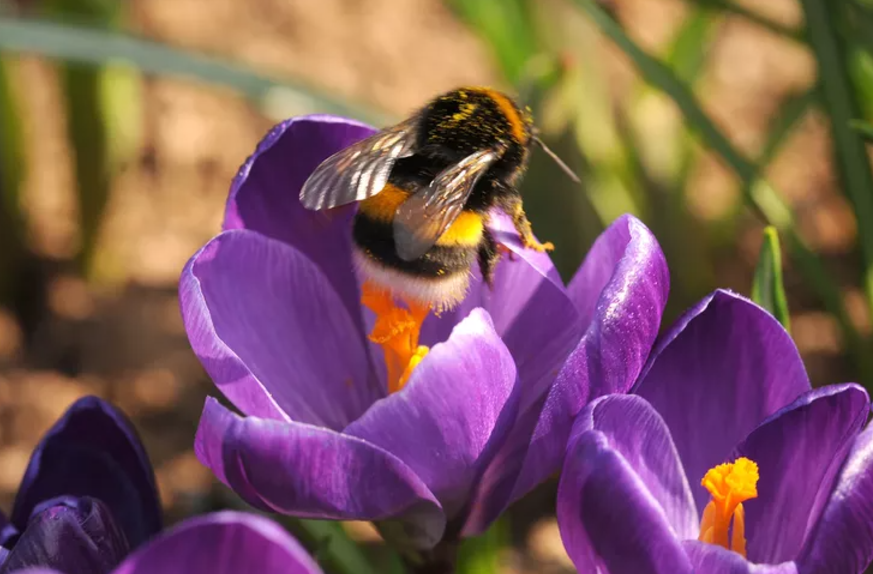Water conservation is a crucial aspect of sustainable gardening. With increasing concerns about water shortages and droughts, gardeners must adopt smart water-saving techniques to help reduce their garden’s environmental impact while still keeping plants healthy and vibrant.
Install Drip Irrigation Systems
A drip irrigation system delivers water directly to plant roots, minimizing water loss through evaporation or runoff. This method ensures that your plants get the precise amount of water they need, reducing waste and promoting healthy root growth. Drip irrigation is ideal for garden beds, raised beds, and containers.
Use Mulch to Retain Moisture
Mulching is one of the easiest and most effective ways to conserve water. A 2- to 3-inch layer of organic mulch, such as wood chips, straw, or grass clippings, helps retain moisture in the soil, reduces evaporation, and keeps plant roots cool. Mulching also suppresses weed growth, which competes with plants for water.
Harvest Rainwater
Rainwater harvesting is a sustainable gardening practice that can significantly reduce your water bill and provide free, natural water for your garden. Install rain barrels or a rainwater collection system to capture water from your roof. You can use this water to irrigate your plants, fill birdbaths, or wash tools.
Plant Drought-Tolerant Species
Choosing drought-tolerant plants for your garden is a smart way to conserve water. Many native plants, succulents, and Mediterranean species thrive in dry conditions and require minimal watering once established. Consider plants like lavender, sedum, echinacea, or grasses like blue fescue for a water-efficient garden.

Water Early in the Morning or Late in the Evening
To minimize water loss, water your plants during cooler parts of the day—early in the morning or late in the evening. This ensures that the water isn’t evaporating too quickly, giving your plants more time to absorb moisture.






